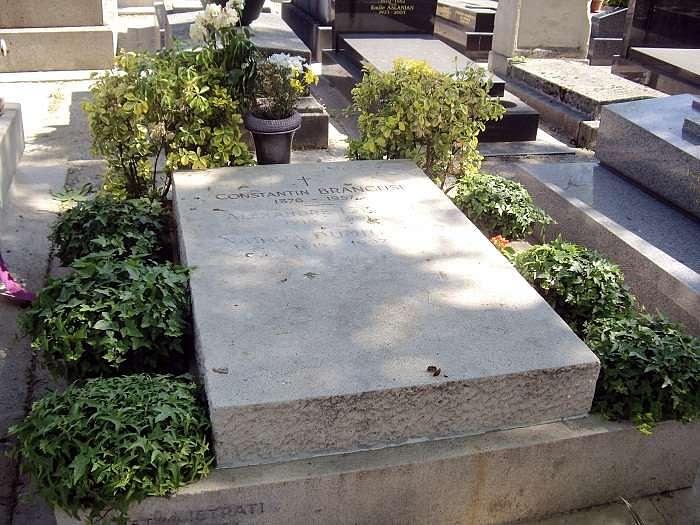Romanians abroad rally to support repatriation of Constantin Brancusi' remains

The operation aimed to bring back to Romania the remains of Romanian sculptor Constantin Brancusi, who is buried in Paris, has already started, but with a first stage in the US. Romanians who live in the US have started showing their support for this operation. Magdalena Oprişescu, a Romanian American citizen, currently leads the activity in the US, raising signatures from Romanians abroad, as well as from US personalities. The same thing happens in other Romanian communities in the world, said Laurian Stănchescu, the writer who started this proceedings to repatriate the remains of the Romanian artist.
The Romanian Government earlier in May approved a contract with a French law firm to represent Romania in the attempt to repatriate the remains.
Government spokesman Andrei Zaharescu, quoted by local news agency Mediafax, said that the repatriation of Brâncuşi's remains was necessary, given that the sculptor is a "national asset" but said that the process will be long. The plan is to return the sculptor to his home town of Târgu Jiu.
The idea of bringing the bones of Romania's greatest artist back home has been around for a number of years. Following a memorandum in July 2003, Romania's Foreign Ministry approached important French cultural figures over the repatriation of the remains, but according to the Ministry, the idea was discouraged as there is no written testament from the sculptor himself expressing a desire to be buried in Romania, if and when it became possible.
It is difficult to overstate the importance of Constantin Brâncuşi in the art world. He has been called “The Father of Modern Sculpture” and his works can fetch tens of millions of dollars at auction. He was born near Târgu Jiu in 1876. He studied in Bucharest initially and later in Munich and at the École des Beaux-Arts in Paris. Brâncuşi worked in France and was an important part of the art scene in the early part of the 20th Century. He worked briefly in Rodin’s studio, before developing his own hugely influential abstract style. He did not gain favor with the communist regime Romania, which criticized his works for being “bourgeois,” and after he gained French citizenship, he lived out his later years as something of an exile in France. Brâncuşi died in 1957 and was buried in Montparnasse Cemetery, where some of his friends' graves were already adorned with his sculptures. Brâncuşi is now considered one of the most important sculptors of the last century.
editor@romania-insider.com
(photo source: Wikimedia Commons)












